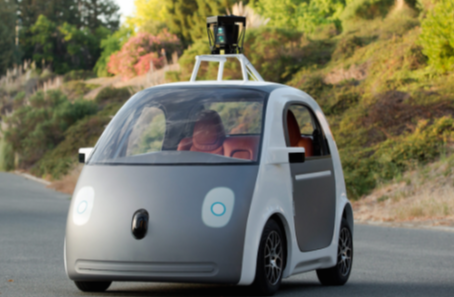How Autonomous Vehicles Are Changing Transportation
Autonomous vehicles are poised to transform the transportation landscape fundamentally. With advancements in technology, these self-driving systems promise enhanced safety and efficiency while reducing human error. However, their integration into society raises important questions about urban infrastructure and mobility patterns. As cities adapt to accommodate this shift, the implications for commuting, accessibility, and societal norms become increasingly significant. What challenges must be addressed to fully realize the potential of this new era in transportation?
The Evolution of Autonomous Vehicle Technology
As the demand for safer and more efficient transportation solutions has surged, the evolution of autonomous vehicle technology has progressed through several distinct phases, each marked by significant advancements.
Key developments in sensor technology have enhanced vehicle perception, while evolving regulatory frameworks have sought to address safety and innovation.
Together, these elements form the backbone of a transformative movement toward self-driving vehicles, fostering freedom in transportation.
Benefits of Self-Driving Vehicles
The advancements in autonomous vehicle technology have not only paved the way for self-driving cars but also introduced a multitude of benefits that could reshape the future of transportation.
Safety improvements are significant, as reduced human error leads to fewer accidents.
Furthermore, the economic impact is profound, potentially decreasing transportation costs and boosting productivity, thus enhancing individual freedom and mobility within society.
Challenges and Concerns Surrounding Autonomous Transportation
While the potential of autonomous vehicles to revolutionize transportation is widely acknowledged, numerous challenges and concerns must be addressed before their widespread adoption can occur.
Regulatory hurdles, public perception, and safety concerns complicate integration, alongside ethical dilemmas regarding decision-making algorithms.
Additionally, infrastructure readiness, data privacy, insurance implications, and job displacement present significant obstacles that require thorough consideration to ensure a smooth transition to this innovative technology.
The Future of Mobility and Urban Planning
With the rise of autonomous vehicles, urban planners are reimagining mobility to create more efficient, sustainable, and accessible transportation systems.
This shift is crucial for smart city integration, promoting innovative designs that prioritize public transport evolution.
Conclusion
As autonomous vehicles continue to evolve, their impact on transportation is increasingly profound, reshaping urban landscapes and societal norms. Notably, a study by the National Highway Traffic Safety Administration suggests that up to 94% of traffic accidents are caused by human error. This statistic underscores the potential of self-driving technology to enhance safety and efficiency in transportation systems. Ultimately, the integration of autonomous vehicles promises not only to revolutionize mobility but also to foster sustainable urban development.




